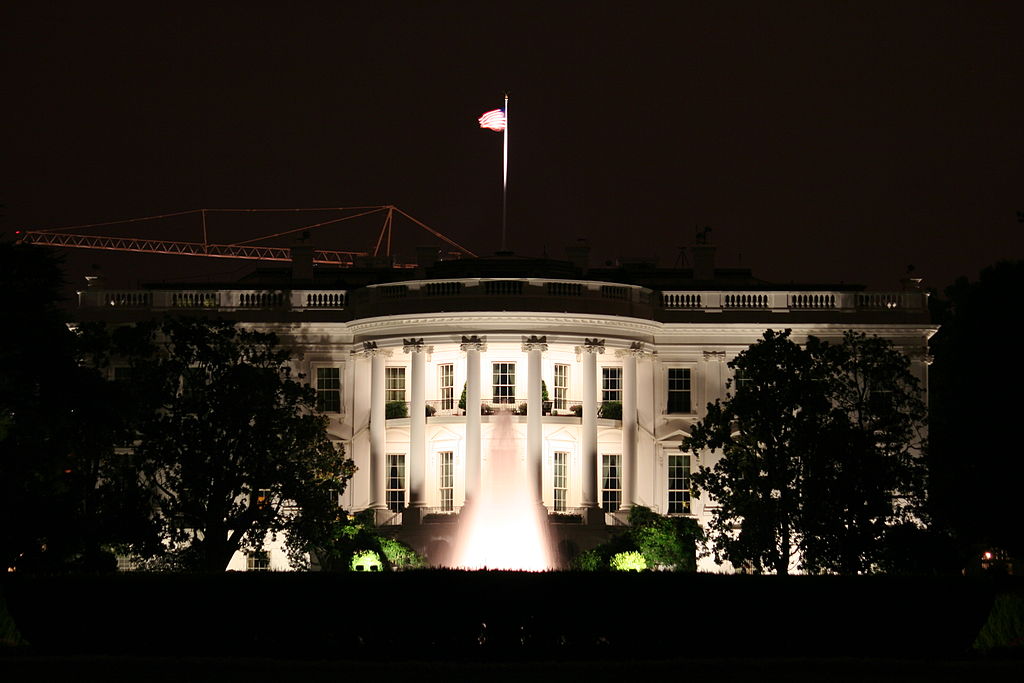DOD Interpretation of The Laws of War Allow Botnet Creation?
I was struck by Charlie Dunlap’s take on the DOD Law of War manual regarding cyber operations, especially on how cyberattacks are carried out.
Published by The Lawfare Institute
in Cooperation With

I was struck by Charlie Dunlap’s take on the DOD Law of War manual regarding cyber operations, especially on how cyberattacks are carried out. Charlie notes the manual’s instruction that “remote harms and lesser forms of harm, such as mere inconveniences or temporary losses, need not be considered in applying the proportionality rule.” The manual also states that the “military advantage anticipated from an attack” indicated in the proportionality rule “is intended to refer to an attack considered as a whole, rather than only from isolated or particular parts of an attack.”
That sounds right to me. Minimal forms of harm, e.g., harm that does not affect the experience of a computer user, should not count as damage as far as the laws of war are concerned. But I’m troubled by its implications.
Specifically—one of the conclusions that flows from these two statements is that damage from the usurpation of a civilian computer to act as an intermediary in a cyberattack on another computer need not count in the proportionality analysis if the functionality of the intermediary computer from the user’s perspective is only minimally compromised. If this is really true, then the damage from the usurpation of hundreds of thousands of computers for this purpose need not be counted either.
In other words, creating a botnet using civilian computers for attacking an adversary in cyberspace does not violate the laws of war, or at least the DOD’s interpretation thererof.
Can this be right?


.jpg?sfvrsn=5a43131e_9)


